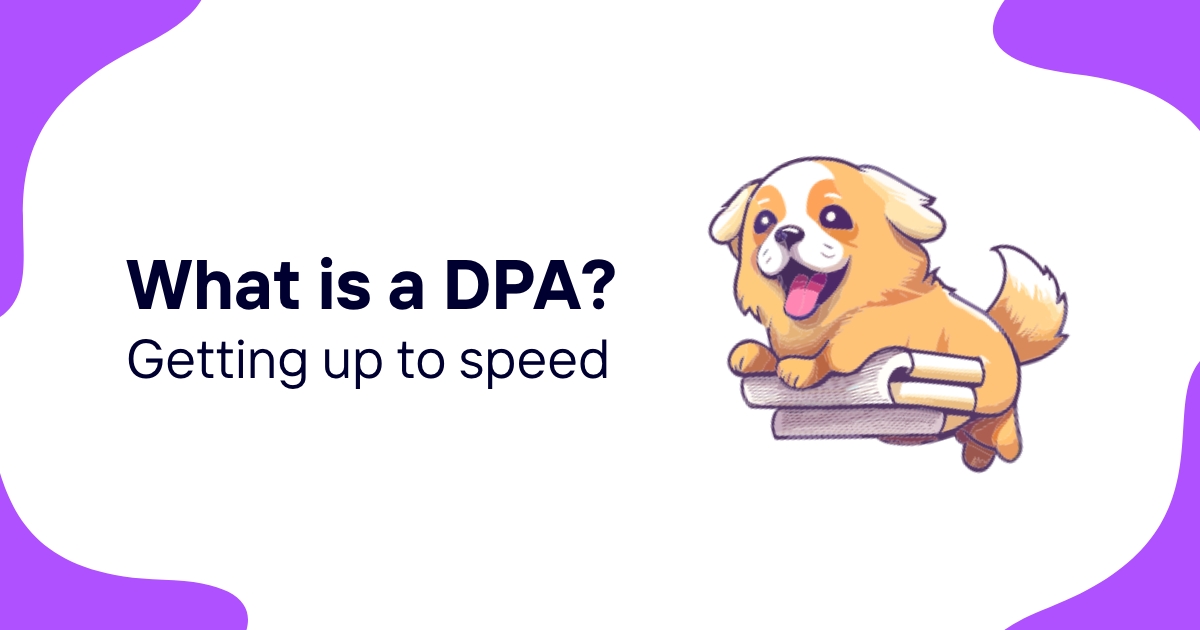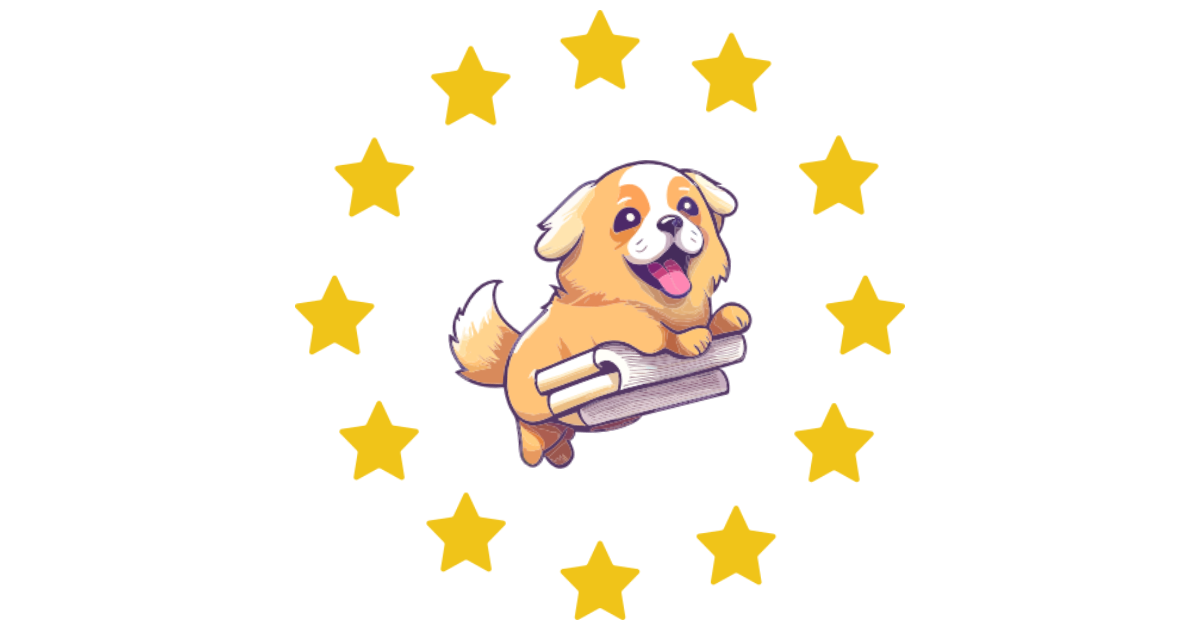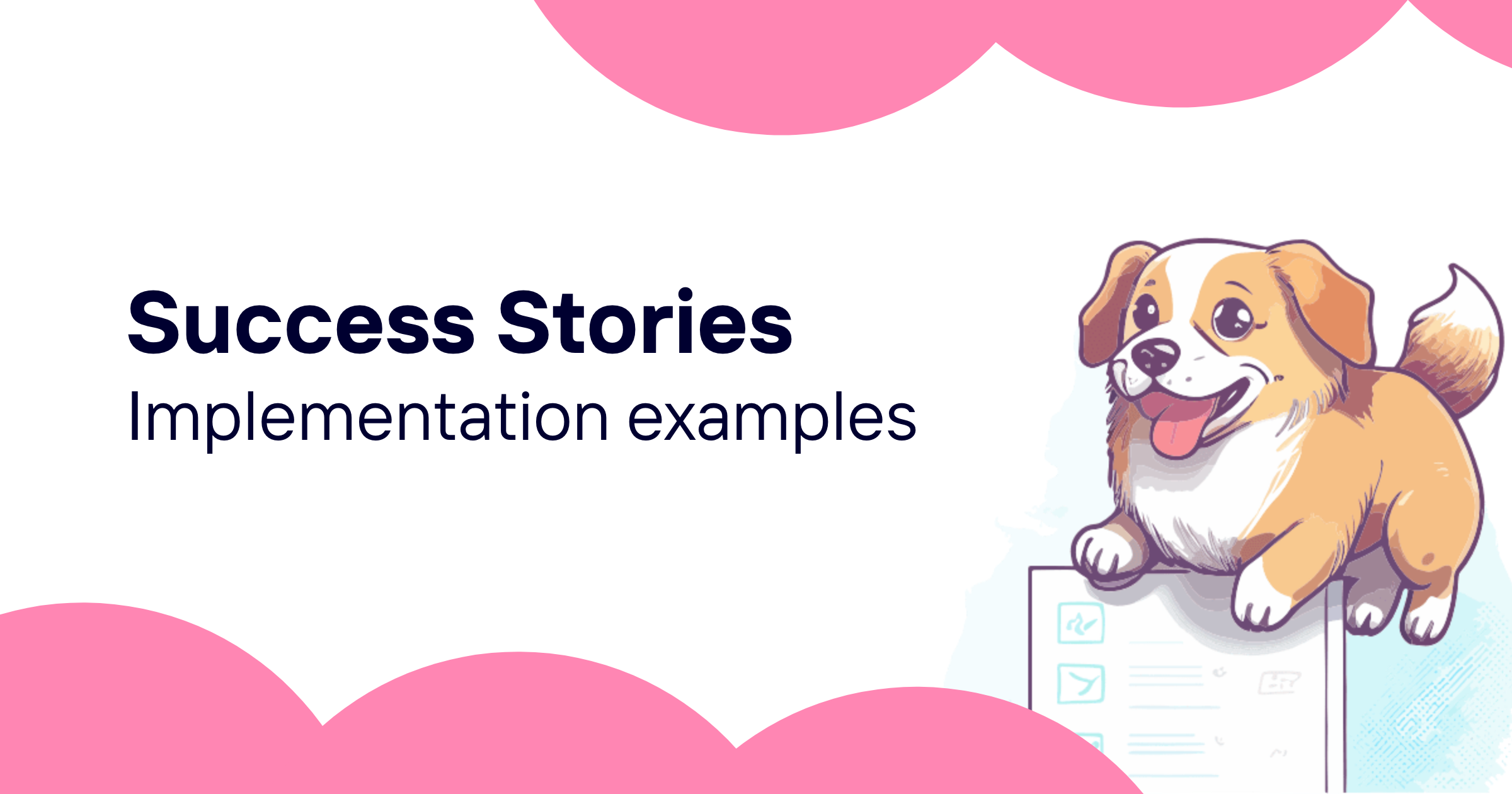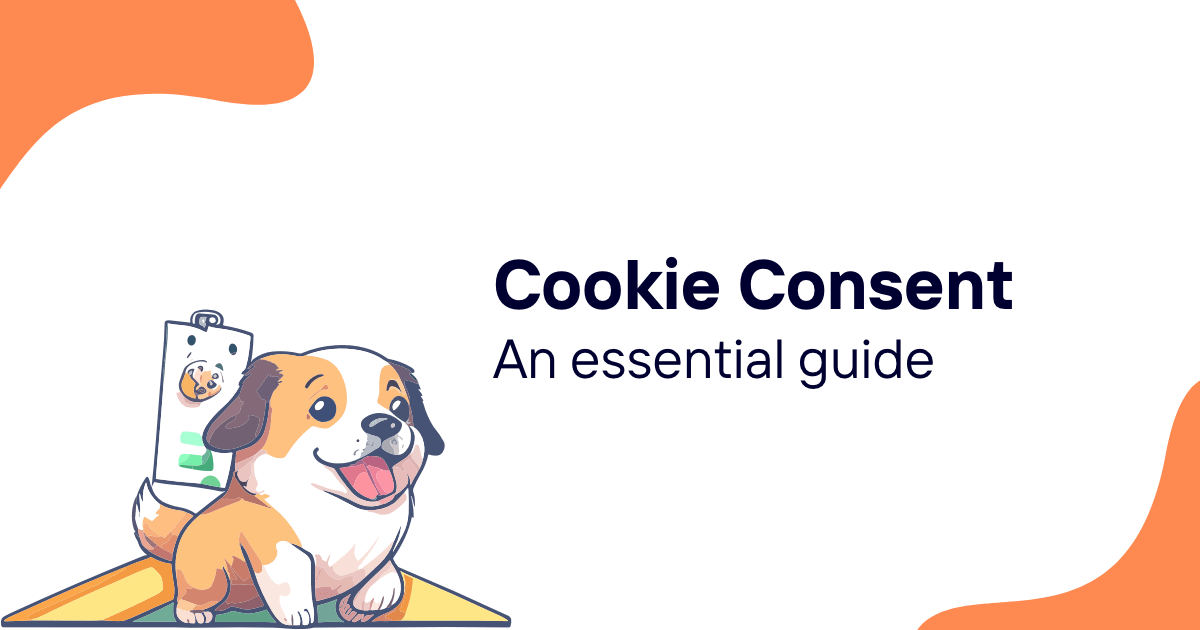Navigating the world of GDPR compliance can be a daunting task, especially when you're managing a SaaS platform. With the digital landscape constantly evolving, it's crucial to stay on top of the regulations that protect user data. If you're feeling overwhelmed, you're not alone. Understanding GDPR's impact on SaaS businesses is the first step to ensuring your services are compliant and your user's data is protected.
As a SaaS provider, GDPR compliance isn't just a legal necessity; it's a cornerstone of building trust with your users. From data collection to storage and processing, every aspect of your operation needs to align with GDPR standards. But don't worry, you're about to embark on a journey that demystifies GDPR compliance for SaaS platforms, ensuring you're well-equipped to tackle the challenges ahead.
Understanding GDPR Compliance for SaaS Platforms
Navigating GDPR (General Data Protection Regulation) compliance for your SaaS (Software as a Service) platform means you're taking a significant step towards prioritizing user data protection. GDPR, a stringent data protection law from the European Union, impacts any business that processes the personal data of EU citizens, regardless of where the company is based. For SaaS platforms with a global user base, understanding and implementing GDPR compliance is crucial.
Firstly, you need to recognize that GDPR compliance is not just about ticking off a checklist; it's about integrating privacy and data protection into your platform's DNA. This involves conducting a thorough data audit to identify what personal data you collect, how it's processed, and who has access to it. You must ensure that your data processing activities have a lawful basis, such as user consent or a legitimate interest.
Data security measures are at the heart of GDPR compliance. You're expected to implement appropriate technical and organizational measures to protect personal data from breaches. This can include encryption, regular security assessments, and ensuring that your third-party vendors are also compliant.
One of the essential aspects of GDPR for SaaS platforms is respecting user rights. Your users have the right to access their personal data, rectify inaccuracies, and in some cases, have their data deleted. It's important to provide easy-to-use tools that allow users to exercise these rights without unnecessary hurdles.
Transparency is key. Make sure your privacy policy is clear, concise, and easily accessible. It should detail your data processing activities and explain users' rights under GDPR. Keeping your users informed builds trust and demonstrates your commitment to protecting their privacy.
Engaging with a GDPR consultant or legal expert can provide tailored advice to ensure your platform aligns with GDPR standards. Remember, GDPR compliance is an ongoing process, not a one-time effort. Regularly reviewing and updating your data protection practices in light of new regulations or changes in your business operations is essential.
Importance of GDPR Compliance for SaaS Businesses

In today's digital landscape, your SaaS platform is in a unique position. You're not just providing services; you're handling a myriad of personal data, making GDPR compliance a top priority. It's critical to understand that the General Data Protection Regulation (GDPR) isn't just another hoop to jump through. It's a cornerstone for building trust with your users and establishing your reputation as a secure and privacy-conscious platform.
For SaaS businesses, the implications of GDPR are far-reaching. By ensuring compliance, you're actively protecting your company from potential fines that can reach up to 4% of your annual global turnover or €20 million, whichever is greater. But it's not just about avoiding penalties. Compliance enhances your platform's credibility, which is essential in a highly competitive market. Users today are more informed and concerned about their data privacy than ever before, and they're likely to choose services that demonstrate respect and care for their personal information.
Implementing GDPR compliance practices involves a comprehensive approach:
- Auditing Data Handling Processes: Understand where and how you collect, process, and store user data. This step is crucial for identifying potential vulnerabilities and ensuring that all data handling is lawful and transparent.
- Securing User Data: Adopting robust security measures to protect data from breaches is non-negotiable. This includes encryption, regular security audits, and secure data storage solutions.
- Transparency: Your privacy policy shouldn't be a legal maze. Make it clear, accessible, and understandable to your users. They should know what data you collect, why, and how it's used.
By prioritizing GDPR compliance, you're not just adhering to a set of regulations. You're taking a significant step towards sustainable growth and user trust, setting a foundation for success in the evolving digital economy. Networking with GDPR experts and continuously monitoring compliance practices ensures your SaaS platform remains on the right side of the law, adapting seamlessly to any updates in the regulatory landscape.
Data Collection Best Practices for GDPR Compliance

When diving into the world of GDPR compliance, it's crucial to focus on data collection practices. These form the backbone of your efforts, ensuring you're not only complying with regulations but also respecting user privacy from the get-go.
First off, minimize the data you collect. Only gather what's absolutely necessary for your service or product. This principle of data minimization helps reduce potential risks and simplifies your compliance efforts. If you don't need it, don't collect it.
Explicit consent plays a pivotal role in GDPR compliance. Always obtain clear, informed consent from your users before collecting their data. This means your consent forms should be straightforward, free of jargon, and require an active action (like ticking a checkbox) to opt-in. Remember, pre-ticked boxes won't cut it under GDPR.
Another key practice is transparency. Your users should always know what data you're collecting, why you're collecting it, and how it will be used. This should be laid out in your privacy policy, which must be easily accessible and understandable.
Here’s a quick rundown on keeping your data collection practices up to scratch:
- Minimize data collection to essentials
- Obtain explicit consent
- Ensure transparency with a clear privacy policy
Regular Audits and Ongoing Training are Essential
To maintain GDPR compliance, conducting regular audits of your data collection practices is non-negotiable. These audits help you identify any gaps or areas for improvement in your compliance strategy. Coupled with ongoing training for your team, you'll ensure that everyone is up to speed on the latest data protection standards and practices. Keeping your team informed and vigilant is key to sustaining compliance and protecting user data effectively.
Remember, GDPR compliance is not a one-time task but a continuous process. By adopting these best practices, you're not just avoiding hefty fines; you're also building a foundation of trust with your users.
Secure Storage and Processing of User Data

When dealing with the General Data Protection Regulation (GDPR), ensuring the secure storage and processing of user data is crucial. As a SaaS provider, it's your responsibility to protect user data from unauthorized access, disclosure, alteration, and destruction. Implementing robust security measures is not just a regulatory requirement; it's a cornerstone of maintaining user trust and safeguarding your business's reputation.
First and foremost, encryption is your best friend. Encrypting data both at rest and in transit makes it significantly more challenging for malicious actors to access or steal information. Consider using industry-standard encryption protocols to enhance your data security framework.
Access controls play a pivotal role in data protection. You should:
- Limit access to user data to authorized personnel only.
- Implement strict authentication and authorization mechanisms.
- Regularly review access permissions and adjust them as necessary.
Another critical aspect is ensuring that your data processing activities follow the principle of data minimization. Only collect and process what's absolutely necessary for the intended purpose, and no more. This approach not only aligns with GDPR's requirements but also minimizes the potential impact of a data breach.
Regular security audits and vulnerability assessments are essential to identify and remediate potential weaknesses in your systems. Consider engaging third-party security experts to conduct these evaluations, providing an objective view of your security posture.
Collaboration with cloud providers who are committed to GDPR compliance can further bolster your data security measures. Ensure they have certifications and follow best practices that align with GDPR requirements, such as ISO 27001 or the EU-U.S. Privacy Shield framework.
By prioritizing the secure storage and processing of user data, you're not just complying with GDPR; you're building a foundation of trust that is invaluable in today's digital landscape.
Demystifying GDPR Compliance for SaaS Providers

When you're navigating the realm of GDPR compliance as a SaaS provider, understanding the landscape is crucial. GDPR, or the General Data Protection Regulation, sets the standard for data protection and privacy in the European Union. But its reach is far broader, affecting any business, including SaaS platforms, that process the data of EU citizens, regardless of where your business is based.
First, know the core principles of GDPR which include lawfulness, fairness, transparency, data minimization, accuracy, storage limitation, integrity, and confidentiality. You're not just protecting data; you're ensuring that every step of data handling is transparent and lawful.
For SaaS providers, this means implementing robust security measures. Encryption and secure data storage are your first line of defense against data breaches. However, it’s equally important to limit who has access to personal data. Implementing role-based access controls ensures that only authorized personnel can access sensitive information, reducing the risk of internal breaches.
Moreover, the concept of data minimization plays a pivotal role. Collect only what you need and nothing more. This reduces the risk and makes it easier to protect the data you do hold.
Another critical requirement is conducting regular security audits and vulnerability assessments. These practices not only help in identifying potential security gaps but also demonstrate your commitment to maintaining a high standard of data protection. Working with GDPR-compliant cloud providers can further strengthen your security posture.
Remember, complying with GDPR isn’t just about avoiding fines. It's about building and maintaining trust with your users. In the digital age, trust is currency, and ensuring the secure storage and processing of user data is essential in protecting not just your users' privacy but also your company's reputation.
Conclusion
Navigating the GDPR landscape as a SaaS provider means more than ticking off compliance checklists. It's about embedding privacy and security into the very fabric of your operations. By prioritizing encryption, access controls, and data minimization, you're not just aligning with legal requirements but also building a foundation of trust with your users. Remember, regular audits and choosing the right cloud partners are crucial steps in maintaining this trust and ensuring your services are secure against evolving threats. Embrace GDPR not as a hurdle but as an opportunity to strengthen your commitment to user privacy and enhance your brand's integrity.












